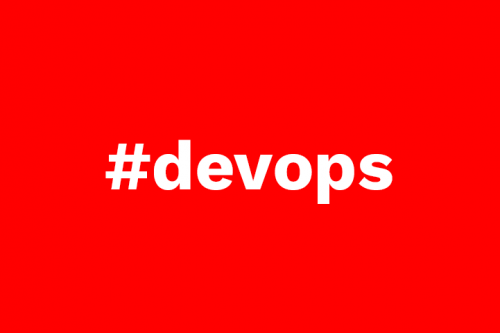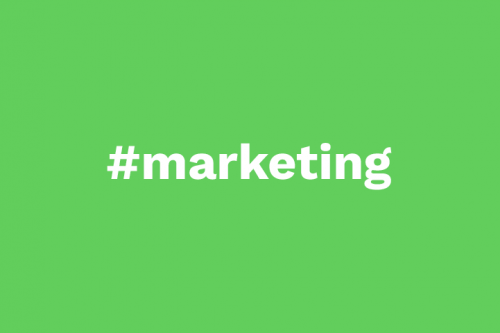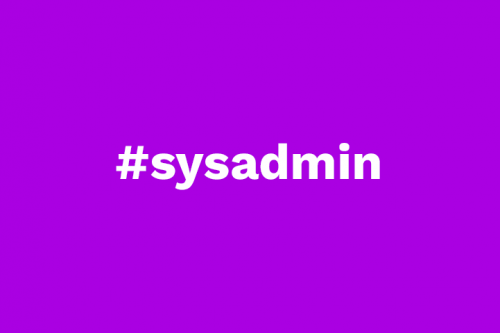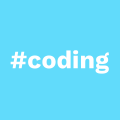The difference between observability and monitoring

There are different positions on whether observability and monitoring are two sides of the same coin.
We are going to analyze and explain what observability of a system is, how it relates to monitoring and why it is important to understand the differences between the two.
What is observability?
If we stick to the exact definition of the concept of observability, observability is nothing more than the measure that determines how internal states can be inferred through external outputs.
That is, we can deduce how the system is at a given time if we know only the outputs of that system.
But let’s see it better with an example.
What do observability and monitoring have to do with each other? Practical example
Some say that monitoring provides situational awareness and observability (the ability to observe) helps determine what is happening and what to do about it.
So what about the root cause analysis that monitoring systems have provided for more than a decade?
What about the correlation of events that has caused so many headaches?
Both concepts were essentially what observability promises, which is nothing more than adding dimensions to our understanding of the environment. Being able to contemplate (or observe) complexity as a whole and understand what is going on.
Let’s look at it with an example:
Suppose our business depends on an apple tree. We sell apples and our tree needs to be healthy.
We can measure the PH of the soil, the humidity, the temperature of the tree and even the existence of insects that are bad for the plant.
Measuring each of those parameters is monitoring the health of the tree, but individually it is just data without context, with thresholds that can delineate what is good or what is bad.
When we look at that tree and also see those metrics on paper, we know it is healthy because we have that image of what a healthy tree needs to be.
That’s the difference between observing and monitoring.
You can get a blood test, but you will only see some specific metrics.
If you have doubts about your health, you’ll go to a doctor who will observe you and use the test data to run more tests or send you home with a pat on the back.
Monitoring is what nurtures observation
We are not talking about a new concept, we are rediscovering gunpowder.
Although in fairness, gunpowder can be a powerful weapon or just used for fireworks.
The road to observability
One of the endemic problems with monitoring is verticality.
Having isolated “silos” of knowledge and technology that have little contact with each other.
Networks, applications, servers, storage… Not only do they not have much to do with each other, but sometimes the tools and the teams that manage them are independent.
Returning to our example, it is as if our apple tree were dying and we asked each expert separately:
- Our soil expert would tell us it’s fine
- Our insect expert would tell us it is fine
- Our weather expert would tell us it’s fine.
Maybe the worm that is eating the tree reflected a strange spike in the soil pH and it all happened on a subtropical storm day.
By themselves the data did not create alarms, or if they did they corrected themselves, but the aggregate of all the signals should have announced something worse.
The first step in achieving observability is to be able to put together metrics from different domains/environments in one place. Then we can analyze them, compare them, mix them and interpret them.
But this is only the first step, let’s continue.
Everyone just tells what they think they know
If there is an application that fails to run on a server and you ask the server at the network level if it’s OK, it will say yes.
If there is no network connectivity and the application is in perfect condition, and you ask it at the application level if it is fine, it will tell you it is fine.
In both cases no service is being provided.
And we will say to ourselves, but what do you mean, it’s fine, it’s not working!
That’s why observability and monitoring are not the same thing.
It is the processing of all the signals that produces a diagnosis, and a diagnosis is something that provides much more value than data.
Is it better to observe or monitor?
Wrong.
If you are asking yourself this question, then we have failed to understand each other.
Is it better to go to the doctor or just have a test?
It depends on what is at stake.
If it is important, you should observe with all the available data.
If you are concerned about something very specific and you know what you are talking about, it may be enough to monitor a group of isolated data.
But are you sure you can afford just to monitor?
Finding the needle in the haystack
Among so much data, with thousands of metrics, the question is how to obtain relevant information among so much junk. Right?
AIOps, correlation, bigdata, root cause analysis?
Are we facing another invented word to talk about the same thing?
Maybe, but deep down it is a deeper and more meaningful reflection:
What good is so much data (bigdata) if I don’t have the capacity to make its analysis of any practical use to me?
What is the use of technologies such as AIOps if we cannot have the different data from all our systems together and accessible?
Before working black magic, we must first get the ingredients, otherwise it’s all just promises and costly investments that lead to wasted time and the unpleasant feeling that we have been cheated.
From monitoring to observability
In order to elevate monitoring to the new paradigm of observability, we must gather as much data as possible for analysis.
But how do we get it?
With a monitoring tool.
In GUIONET.com we develop our apps and administration panels with own monitoring tool which registers all changes, monitors owned or any third party services of other apps or infraestruture, connect to different sources or databases and nurtures its own data lake.
We take the information wherever it comes from, whatever it is, and make it available to design service maps.
We help our clients build their own dashboards to have in a single view all the KPIs which are crucial for their Business Intelligence decisions.
Our dashboards allow to setup event lists, charts, maps and many other options to detect easily and fast where a problem is existing and achive that way the real observabitlity of our environment.
The only thing that matters is business.
Monitoring, observing, understanding and above all, resolving that all is well, and if it’s wrong, knowing clearly where to act.
Today our best customers are those who have such a large amount of information that they do not know what to do with it.
Neither do we, I’m not going to fool you, but our customers with our technology do.
We help them process it and make sense of it. Make it observable.
Carlos Pérez
Digital manager, tech lead, product designer, full stack engineer, web and app developer, SEO, digital marketing, automation and AI expert.











Leave a Reply